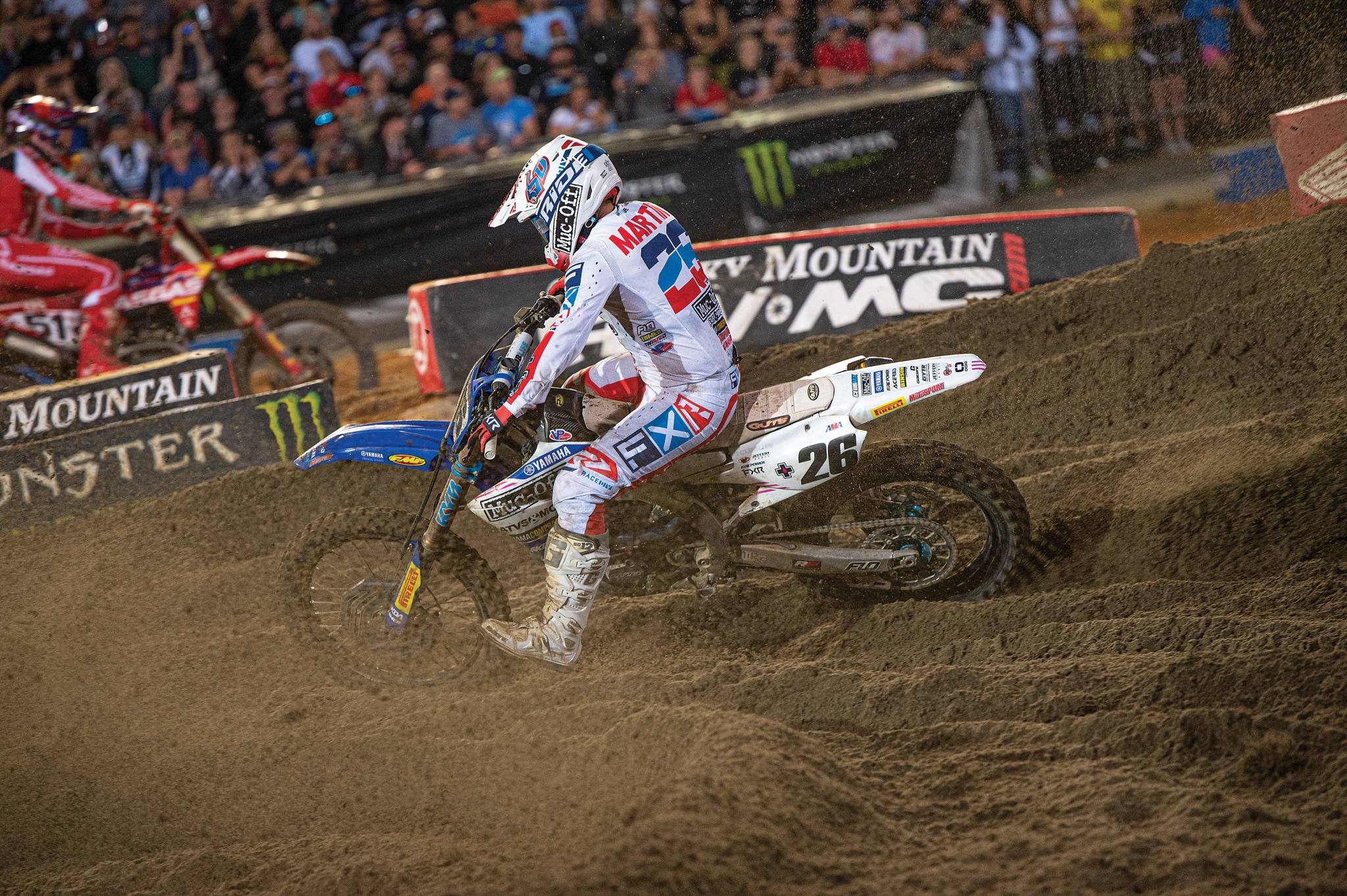TROLL TRAINING: NUTRITION & ITS EFFECT ON ARM PUMP

BY ALEX MARTIN
For this training” column, I thought it would be fitting to dive into a topic that can be controversial: “nutrition” and how it relates to arm pump. Nutrition is a highly polarizing subject. There are endless volumes of information touting the benefits of “fad” diets—including keto, vegan, carnivore and paleo, just to name a few—all with some pretty convincing studies behind them.
Throughout my racing career, I have experimented with many different vitamins, minerals and diets, all in an attempt to become a better racer and to help with things like arm pump. I have learned to avoid gluten, dairy, highly processed foods and added sugars. Eating those foods inevitably led to worse arm pump and not feeling my best. On the other hand, foods such as leafy greens, vegetables, avocados, beets, steak, chicken, eggs and fish have had a positive impact. When I’m really trying to move the needle, salads are a part of my routine every single day.
The most persistent food myth is that red meat causes arm pump, but we have yet to see any scientific data to back this up; however, it is worth noting that red meat does take longer to digest, so having this type of meat earlier in the week is smart. Rotating your protein sources is also an ideal strategy for giving your body’s digestive system a break. I strive to have a different protein source daily (i.e., chicken on Monday, beef on Tuesday, fish on Wednesday, pork chops on Thursday and vegetarian food on Friday).
There are countless data points to be covered on the topic of nutrition, but to make a long story short, here are my top-three tips for helping manage arm pump with nutrition:
Tip #1 Anti-inflammatory foods: Foods that are anti-inflammatory have an endless array of benefits, chief among them reducing inflammation. Anti-inflammatory foods include green leafy veggies, such as arugula, spinach, broccoli, Brussels sprouts, kale and collards. Another great phrase to live by is, “Eat the rainbow.” The more colorful you can make your salads with red tomatoes, orange carrots, green peppers and blueberries, the more micro-nutrient dense your food becomes, meaning you’ll cover the full spectrum, literally and metaphorically, and be healthier because of it!

Tip #2 Nitrates: A food that has been called “nature’s multivitamin” and can play a unique role in fighting arm pump are beets. In addition to vitamins and minerals, beets contain a high concentration of nitrates (spinach is also very high in nitrates). Nitrates are converted into nitric oxide, which directly affects vasodilation and blood flow to working muscles. As a result, this leads to more oxygen being shuttled throughout your circulatory system that can help fend off the dreaded arm pump by prolonging your time to fatigue. Loading up on beets for a few days leading up to an event can make a noticeable difference.
Tip #3: Hydrate: Hydration is another important factor that plays a major role in your battle against arm pump. You might be saying to yourself, “I know hydration is important, but how does this relate to arm pump?” While there are numerous detrimental things that occur when you are dehydrated, the reduction in blood volume is what we will focus on. The result of a decrease in blood volume is a drop in blood pressure. In order to counteract this change in pressure, your brain sends signals to your body to constrict the blood vessels. This is the opposite action to the foods mentioned above that dilate blood vessels. With this constriction, blood flow can be disrupted. Instead of a steady, smooth flow, your blood will experience a turbulent flow. While not a perfect analogy, one way to think of blood flow is to think of a river. Without rapids, the river looks smooth and calm, but with rapids, it is turbulent and choppy. Turbulent flow can cause blood to swirl or even flow backwards, causing a buildup of pressure in the veins. This pressure can cause swelling of the veins, which can put pressure on the surrounding tissue and limit blood flow to your muscles. The result is that all-too-familiar pins-and-needles feeling in your forearms. When enough pressure has built up, the result can be debilitating.
As I mentioned previously, arm pump is a very complex and nuanced problem. Nutrition does indeed play a pivotal role in your racing pursuits, but it is not the end-all, be-all. You can eat all the anti-inflammatory foods in the world, but if your technique is terrible and your suspension sucks, the end result will be frustration! It’s all about combining nutrition with technique, cardiac fitness, bike setup and psychological motivation. No single thing will move the needle, but when they all come together, boom! Victory!
Alex Martin raced on the AMA Pro circuit for 15 years. He has won AMA Nationals and has over 20 podium finishes under his belt. After Alex retired from Pro racing, he started a training company called “Troll Training.” Alex wrote 16 training articales for MXA before taking over the management of his families Spring Creek National track. You can reach Alex about training advice by going to www.trolltraining.com.






Comments are closed.